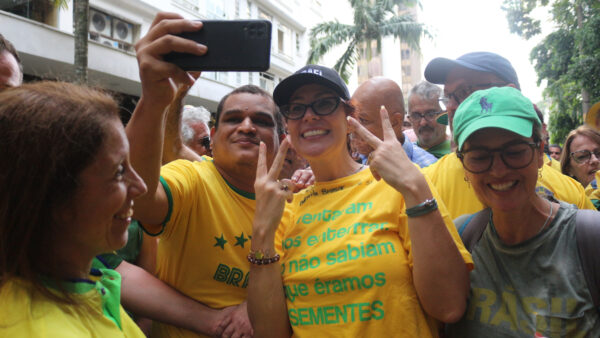President-elect Luiz Inácio Lula da Silva edged incumbent Jair Bolsonaro in Brazil’s October 30 runoff election in what was the tightest presidential vote in the country’s democratic history. Just over 2 million votes — out of an electorate of more than 156 million — spelled the difference between re-election and defeat for Mr. Bolsonaro.
Regional results appeared to follow traditional trends. Lula and his Workers’ Party stormed to victory in the poor Northeast and fared well in the major northern states of Amazonas and Pará, while Mr. Bolsonaro dominated the agricultural Center-West and large parts of the heavily populated Southeast.
Indeed, color-coded maps showing the victors in states and municipalities looked eerily similar to the same visual representations from the 2018 election, when Mr. Bolsonaro defeated the Workers’ Party candidate Fernando Haddad. But, these maps don’t tell the full story. For the outgoing far-right president, the devil was in the details.
Unlike the U.S., Brazil does not have an electoral college, following a one-person-one-vote system instead. As a result, which candidate “wins” in a given...

 Search
Search






































